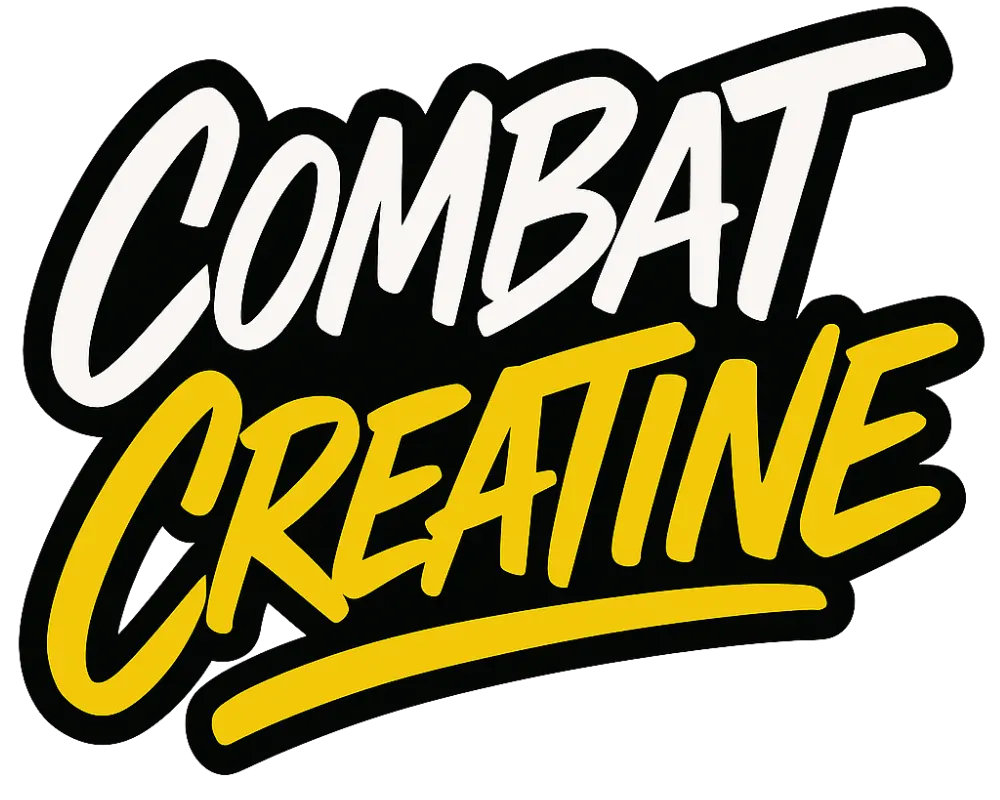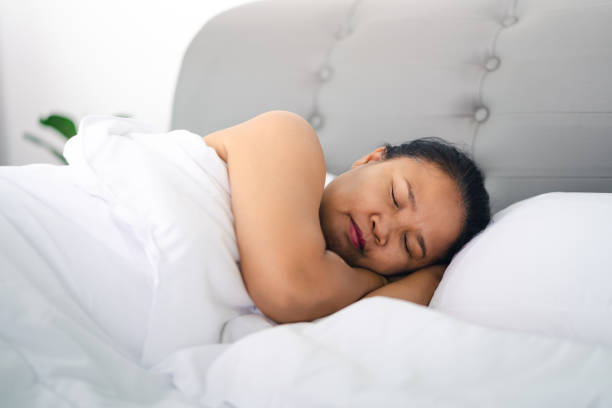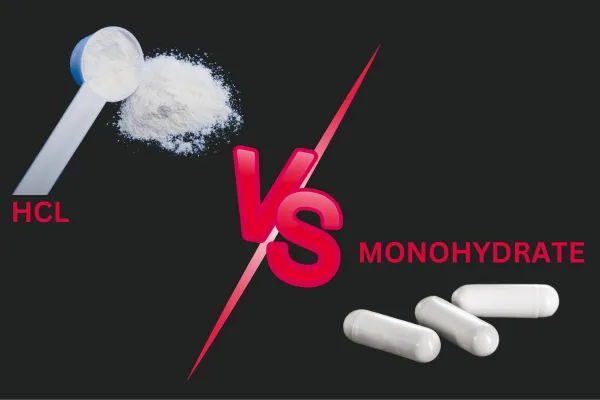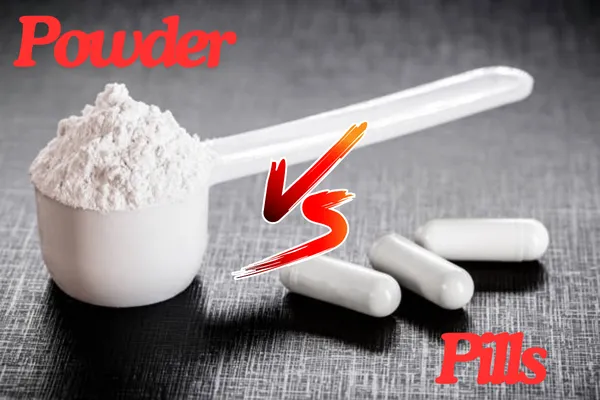Best Sleeping Position For IT Band Pain
The Best Sleeping Position to Alleviate IT Band Pain
Do you suffer from nagging pain in your hip or knee?
If so, your sleeping position could be making it worse. The iliotibial band (IT band) is a thick band of connective tissue that runs along the outer thigh from the hip to the knee. When this band gets irritated or inflamed, it can cause intense pain and discomfort, especially at night. 🌙
Don't worry, we've got you covered! In this blog post, we'll explore the best sleeping positions to alleviate IT band pain and ensure you wake up feeling refreshed and ready to tackle the day.
Because let's be real, nobody wants to spend another night tossing and turning in agony. 🛌
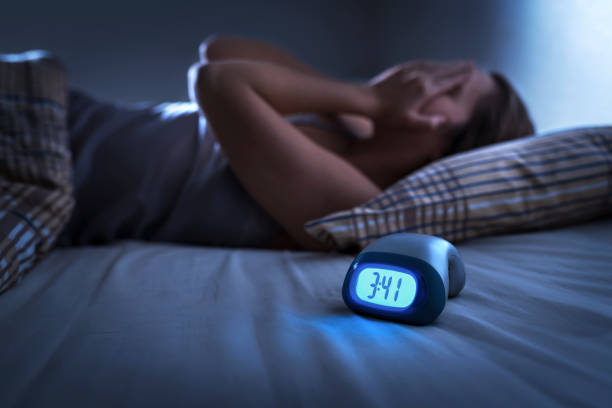
Why Is Finding the Right Sleeping Position So Important?
Getting quality sleep is crucial for overall health and well-being.
However, when you're dealing with IT band pain, finding a comfortable sleeping position can feel like a never-ending battle.
The wrong position can put unnecessary pressure on the affected area, leading to increased inflammation and discomfort.
On the other hand, the right sleeping position can:
- Reduce stress on the IT band
- Promote proper alignment
- Alleviate pressure points
- Improve circulation
- Allow for restful, restorative sleep
So, let's dive into the best sleeping positions for IT band pain relief. 🏊♀️

The Side Sleeper's Guide to IT Band Pain Relief
'
If you're a side sleeper, rejoice! This position can be incredibly beneficial for IT band pain.
Here's what you need to do:
- Sleep on the Unaffected Side: Sleeping on the side opposite your IT band pain can help take pressure off the affected area.
- Use a Pillow Between Your Knees: Placing a pillow between your knees can help maintain proper spinal alignment and prevent your legs from twisting inward, which can aggravate IT band pain.
- Consider a Knee Pillow: For added support, you can also try using a knee pillow to help keep your legs in a neutral position.
- Avoid the Fetal Position: While it might seem cozy, curling up in a tight fetal position can put unnecessary strain on your IT band and hip muscles.
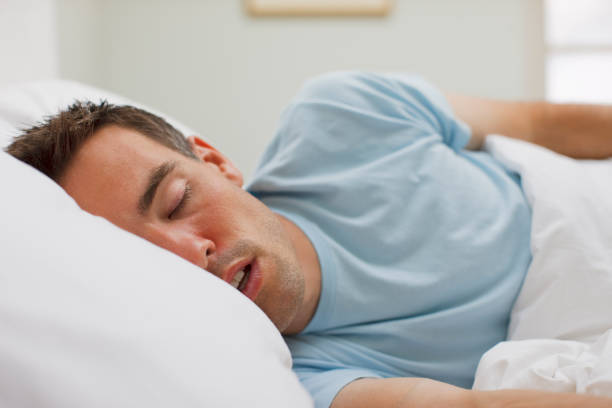
Sleeping on Your Back: A Pain-Free Solution?
Back sleeping can also be a good option for IT band pain relief. Here are some tips:
- Use a Pillow Under Your Knees: Placing a pillow under your knees can help maintain the natural curve of your spine and reduce pressure on your IT band.
- Keep Your Legs Parallel: Avoid letting your legs fall inward or outward, as this can twist your hips and put stress on the IT band.
- Try a Lumbar Support Pillow: If you experience lower back pain along with your IT band discomfort, a lumbar support pillow can help maintain proper spinal alignment.
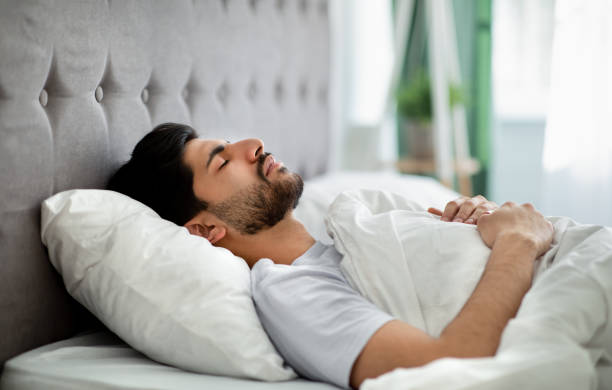
Stomach Sleeping: A No-Go for IT Band Pain
Unfortunately, sleeping on your stomach is generally not recommended for those with IT band pain.
This position can cause your pelvis to twist and put extra strain on your hips and IT band.
If you're a die-hard stomach sleeper, try placing a pillow under your hips to help maintain proper alignment and reduce pressure on the affected area.
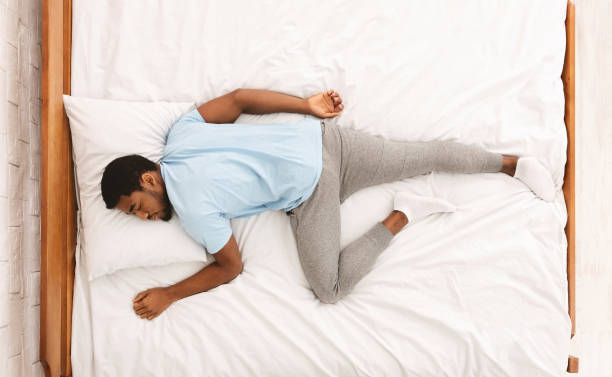
Other Tips for Managing IT Band Pain While Sleeping
In addition to finding the right sleeping position, there are a few other things you can do to help alleviate IT band pain at night:
- Use a Foam Roller: Gently rolling out your IT band before bed can help reduce tension and improve blood flow.
- Apply Ice or Heat: Depending on the severity of your pain, applying ice or a heating pad to the affected area can help reduce inflammation and promote healing.
- Practice Gentle Stretches: Incorporate some light stretches for your hips, quads, and hamstrings into your bedtime routine to help keep the area loose and flexible.
Remember, if your IT band pain persists or becomes severe, it's always a good idea to consult with a healthcare professional.
They can help identify the underlying cause and provide personalized treatment recommendations.
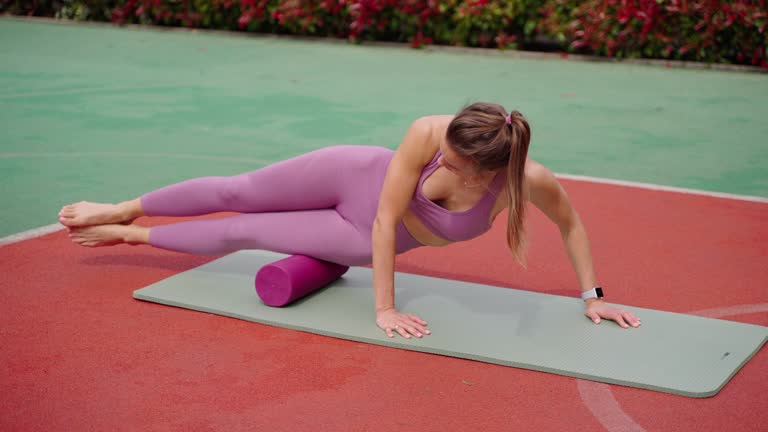
Hip Pain & Causes of Hip Pain
Hip pain can be a real nuisance, especially when it flares up at night.
Whether it's due to arthritis, bursitis, or an injury, finding the right sleeping position can make a world of difference in managing your discomfort.
Let's take a quick look at some common causes of hip pain:
- Arthritis: Osteoarthritis and rheumatoid arthritis can cause inflammation and pain in the hip joint.
- Bursitis: Inflammation of the fluid-filled bursa sacs around the hip joint can lead to pain and stiffness.
- Tendinitis: Overuse or injury can cause inflammation in the tendons around the hip, such as the iliotibial band or hip flexor tendons.
- Fractures or Injuries: Fractures, labral tears, or other injuries to the hip joint or surrounding muscles can cause significant pain.
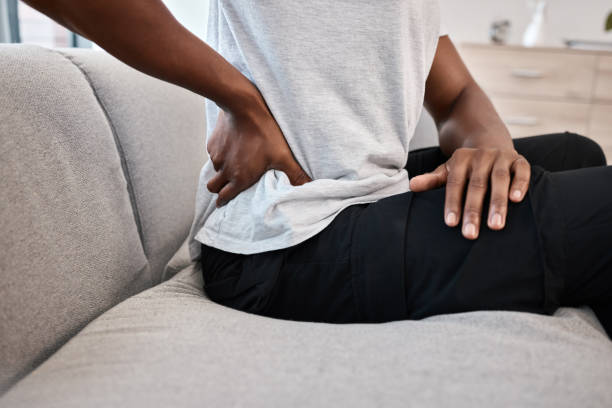
Sleep on Your Side
One of the best sleeping positions for hip pain is sleeping on your side.
This position can help take pressure off your hip joint and alleviate pain. Here are some tips:
- Use a pillow between your knees to keep your hips aligned and prevent your top leg from twisting inward.
- Try sleeping on the side opposite your hip pain to reduce pressure on the affected area.
- Consider placing a pillow or rolled-up towel behind your back to support the natural curve of your spine.
Hip Pain at Night
For many people, hip pain can be worse at night.
This can make it difficult to get a good night's sleep, which can further exacerbate the pain and lead to a vicious cycle.
To help alleviate hip pain at night, try:
1. Applying a heating pad or ice pack to the affected area before bed.
2. Performing gentle stretches or using a foam roller to loosen tight muscles.
3. Taking over-the-counter pain medication if recommended by your healthcare provider.
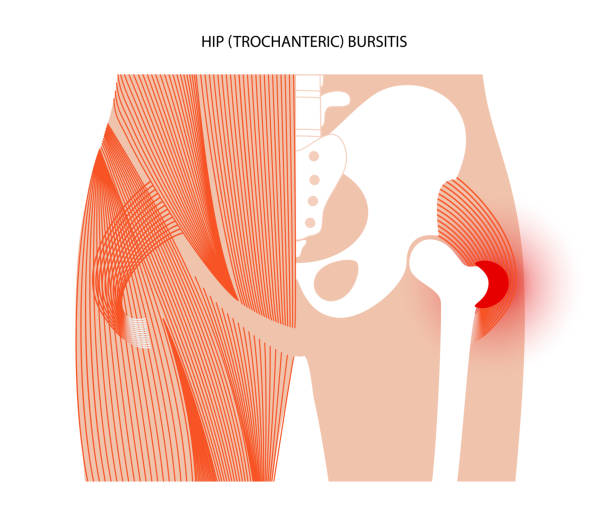
Greater Trochanteric Pain Syndrome
Greater trochanteric pain syndrome (GTPS) is a condition that causes pain and tenderness in the side of your hip, often due to inflammation or injury in the bursa or tendons around the greater trochanter (the bony protrusion on the side of your hip).
For GTPS, it's recommended to:
- Sleep on your unaffected side with a pillow between your knees.
- Avoid sleeping on the affected side, as this can put direct pressure on the painful area.
- Use a firm mattress or place a pillow under your hips to prevent sagging and reduce pressure on the greater trochanter.
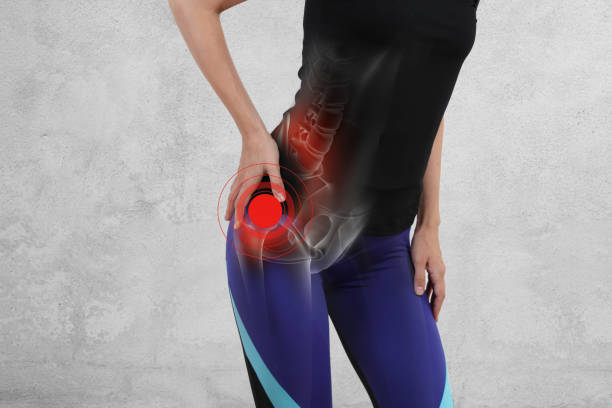
How To Prevent Hip Pain
While finding the right sleeping position can help manage existing hip pain, there are also steps you can take to help prevent hip pain from occurring in the first place:
- Maintain a healthy weight to reduce stress on your joints.
- Engage in regular low-impact exercise to strengthen your hip muscles and improve flexibility.
- Practice good posture and ergonomics when sitting, standing, and sleeping.
- Wear supportive shoes and avoid activities that put excessive strain on your hips.
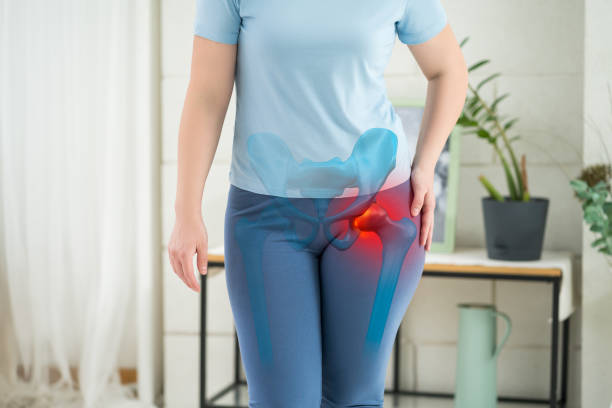
Tips To Manage Hip Pain
In addition to adjusting your sleeping position, there are other strategies you can employ to help manage hip pain:
- Try over-the-counter pain medications or topical creams/ointments as recommended by your healthcare provider.
- Engage in gentle stretching and strengthening exercises to improve flexibility and support the hip joint.
- Consider using a cane or other assistive device to reduce the load on your hips when walking or standing.
- Apply ice or heat to the affected area to reduce inflammation and alleviate pain.
Remember, if your hip pain persists or worsens, it's important to consult with a healthcare professional for proper diagnosis and treatment.
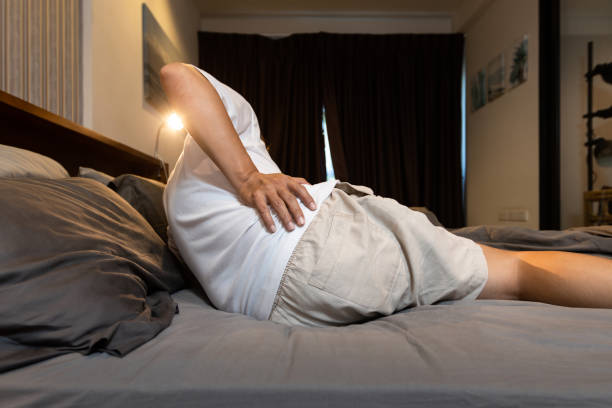
Frequently asked questions about side sleeping and hip pain
What can cause hip pain?
Hip pain can also be caused by various factors, including injuries, tight hip muscles, and pressure on the IT band. Identifying the specific cause of your hip pain is essential to finding the right treatment.
What can cause hip pain when sleeping?
Hip pain when sleeping can result from sleeping on one side for extended periods, causing pressure on the IT band and tight hip muscles.
Sometimes, hip pain can also be related to the overall quality of sleep and the position you sleep in.
How can a pillow help with hip pain?
Using a pillow between your legs while sleeping on your side can provide some relief from hip pain.
This helps reduce pressure on the hip and leg, promoting better sleep quality.
What is IT band syndrome and how does it cause hip pain?
IT band syndrome is caused by inflammation or irritation of the iliotibial band, a ligament that runs along the outside of the thigh.
This can cause hip pain and discomfort, especially when sitting with your legs bent or during physical activity.
How can I alleviate IT band pain?
To alleviate IT band pain, you can try stretching exercises, using a foam roller, and incorporating a pillow between your legs while sleeping.
These methods can help reduce pain and improve the quality of sleep.
How does sleeping on your stomach affect hip pain?
Sleeping on your stomach can cause hip pain due to the unnatural position it puts your body in.
It can also cause shoulder pain and sacroiliac joint pain, leading to overall discomfort and disrupted sleep.
How do tight hip muscles contribute to hip pain?
Tight hip muscles can cause pain and discomfort by limiting the range of motion and increasing pressure on the hip joint.
Stretching and strengthening exercises can help relieve pain and improve mobility.
How can I alleviate IT band pain while sleeping?
To alleviate IT band pain while sleeping, try using a pillow between your legs, which helps reduce pressure on the IT band.
Finding a comfortable position for your neck and shoulders can also promote restful sleep.
What causes joint pain in the hips?
Joint pain in the hips can be caused by arthritis, injuries, or inflammation of the sacroiliac joint.
Understanding the cause of the pain is crucial to finding appropriate treatment and relief.
How can I alleviate IT band pain?
To alleviate IT band pain, consider incorporating stretching exercises, foam rolling, and using a pillow between your legs while sleeping.
These methods can help reduce pain and promote better sleep.
What causes sacroiliac joint pain?
Sacroiliac joint pain can result from inflammation or dysfunction of the sacroiliac joint, which connects the spine to the pelvis.
This type of pain can make it difficult to find a comfortable sleeping position and impact your overall sleep quality.
What are the best sleeping positions for hip pain relief?
Various sleeping positions can help relieve hip pain, including sleeping flat on your back with a pillow under your knees or sleeping on your side with a pillow between your legs.
Experimenting with different positions can help you find the most comfortable one and promote better sleep.

Expert Advice: Managing IT Band Pain During Sleep
To provide insights from an expert perspective, we consulted with Dr. Sarah Thompson, a renowned physical therapist and sleep specialist.
Back Pain and IT Band Syndrome
"IT band pain and back pain can often go hand-in-hand," explains Dr. Thompson.
"When you're experiencing IT band pain, you may compensate by adjusting your posture or gait, which can put additional strain on your lower back muscles and joints."
"Sleeping on their side with a pillow between the knees can help alleviate this issue by maintaining proper spinal alignment and reducing the stress on the IT band and surrounding areas."
Identifying Pain Points
"When it comes to IT band pain, it's important to identify your specific pain points," advises Dr. Thompson.
"Whether you're experiencing hip and leg pain, knee discomfort, or tightness in the outer thigh area, the cause of your pain can guide the most effective sleeping position."
"For example, if the pain is primarily focused on the hip joint, sleeping on the unaffected side with a pillow between the knees can be beneficial.
If the pain is more concentrated in the knee area, sleeping on your back with a pillow under the knees may provide relief."
Sleeping Position and Pain Levels
"It's crucial to listen to your body and adjust your sleeping position accordingly," says Dr. Thompson.
"Pain may initially worsen when you change positions, but if you hold that position, it should gradually improve as your body adjusts."
"However, if the pain becomes unbearable or you're experiencing shooting pains or numbness, it's time to switch positions or try a different approach.
Your sleeping position should never cause excruciating pain or discomfort."
Finding the Right Side Position
"For many individuals with IT band pain, the side position can be incredibly helpful," explains Dr. Thompson. "However, it's essential to find the right side position that works for you."
"Some people may find relief by sleeping on their affected side, while others prefer to sleep on the unaffected side. It's also important to experiment with different pillow placements, such as placing a pillow between the knees or under the hips, to help alleviate pressure on the IT band."
Promoting Better Sleep
"Proper sleep is crucial for overall health and recovery," emphasizes Dr. Thompson.
"By finding the right sleeping position and implementing strategies to manage IT band pain during the night, you can help promote restful sleep and wake up feeling refreshed and rejuvenated."
"Don't be afraid to experiment with different positions and pillow configurations until you find what works best for your body.
And remember, consistency is key – it may take some time for your body to adjust to a new sleeping position, but the long-term benefits are well worth it."
Throughout the interview, Dr. Thompson stressed the importance of addressing IT band pain holistically, incorporating targeted exercises, stretches, and lifestyle modifications into your treatment plan.
However, she emphasized that optimizing your sleeping position is a crucial component of managing this condition and promoting overall well-being.
For More Training Advice + Diet and Lifestyle visit us Combat Creatine
PS: Make sure you check out the rest of our Training Guides:
Creatine
Creatine Supplements Ultimate Guide
Creatine Supplementation Side Effects
Best Creatine Monohydrate Gummies Review: Top 10 Best Creatine Gummies
Triceps
12 Best Long Head Tricep Exercises + Tricep Workout Ideas
Top 17 Tricep Extension Exercises | Triceps Extension Variations Guide
Perfecting the Triceps Pushdown: Tricep Pushdown for Upper Body Strength
10 Best Medial Head Tricep Exercises -Combat Creatine10 Best Lateral Head Tricep ExercisesThe Best Triceps Stretches to Loosen and Improve Flexibility
Understanding Triceps Tendonitis: Causes, Diagnosis, and Treatment for Elbow Pain
Tricep Dips Exercise Guide: Master The Triceps Dip
30 Best Tricep Exercises | Review The Best Triceps Exercises
Are Triceps Push or Pull? Push-Pull Workout
Biceps
12 Best Bicep Tendonitis Exercises | Biceps Tendon Treatment
The 10 Best Kettlebell Bicep Exercises for Bigger, Stronger Arms
The 14 Best Resistance Band Bicep Exercises | Top Biceps Resistance Band Exercises
The 14 Best Short Head Biceps Exercises | Short Head Bicep Exercise Workout
17 Best Long Head Bicep Exercises | Top Biceps Exercise
The 20 Best Bicep Exercises | Best Biceps Exercise & Bicep Workout
Get Stronger Biceps with a Bicep Curl Machine
Chest
13 Cable Chest Exercises to Build Bigger Pecs
The Spoto Press: How This Unique Bench Press Variation Can Boost Your Bench
The 10 Best Chest Exercises for Building Muscle
10 Best Dumbbell Chest Exercises for Building Your Pecs
The 5 Best Chest Exercise Machines for Maximum Growth in 2024
5 Best Compound Chest Exercises for Building a Bigger Chest
16 Best Kettlebell Chest Exercises: Pump Up Your Pecs
5 Best Chest Workout Machines for Maximum Muscle Growth
6 TRX Chest Exercises for a Bigger Chest - Best TRX Workout!
14 Common Chest Expander Exercises
Back
10 Best Cable Back Workout Exercises
10 Best Kettlebell Back Exercises & Back Workout
5 Best Calisthenics Back Exercises + Calisthenics Back Workout
5 Best Lower Back Exercises + Best Back Exercises Machines
Top 10 TRX Exercises To Build A Stronger Back
10 Best Resistance Band Back Exercises + Back Workout
11 Best Landmine Exercises For Back & Upper Body
15 Best Smith Machine Back Exercises
Top 3 Back Exercises For A Stronger Back: Build Size And Strength
The Complete Helms Row Guide | Form, Muscles Worked, and Benefits
How to Do the Lat Spread Pose Like a Pro Bodybuilder
Shoulders
The 10 Best Cable Shoulder Workouts & Cable Shoulder Exercises
Shoulder Impingement Exercises For Shoulder Impingement Syndrome
8 Best Shoulder Bursitis Exercises
16 Best Cable Shoulder Exercises To Build Muscle & Shape Delts
10 Best Shoulder Dislocation Rehab Exercises
Shoulder Calisthenics Workout | Bodyweight Shoulder Workout
10 Best trx shoulder exercises | TRX Suspension Training
5 Frozen Shoulder Exercises For Pain Relief
Around the World Shoulder Exercises + Workout
8 Best Compound Shoulder Exercises
Supraspinatus Stretch: Your Supraspinatus Muscle & Rotator Cuff
Legs
9 Compound Leg Exercises | Best Compound Exercises For Lower Body
12 Best Kettlebell Leg Exercises | Leg Workout
Best 18 Calisthenics Leg Exercises | Calisthenics Leg Workout
Best 10 TRX Leg Exercises For Lower Body | TRX Leg Workout
10 Single Leg Exercises to Build Explosive Leg Strength
8 Best Hack Squat Alternatives That Target Your Quads
Easy Wall Exercises For Legs | Wall Workout
8 Best Landmine Exercises | Landmine Leg & Lower Body Workout
The Best Leg Strengthening Exercises for Seniors
Leg Press Machine Exercise | Ultimate Leg Press Workout Guide
Glutes
7 Best Lower Glute Exercises for Building the Perfect Underbutt
The 8 Best Gym Machines For Glutes | Best Glute Machine Review
8 Best Dumbbell Glute Exercises & Glute Workout
The 11 Best Cable Glute Exercises: Cable Exercises To Build Your Booty
10 Best Compound Glute Exercises | Compound Exercises
7 Best Kettlebell Glute Workouts | Kettlebell Exercises For Glutes
9 Best Unilateral Glute Activation Exercises | Lower Body Unilateral Exercises
The Ultimate 12 Week Glute Building Workout Plan PDF
Nutrition
The Ultimate Guide to High Protein Meal Prep
The Menopause Diet: 5-Day Plan to Lose Weight
The Struggle is Real: Crafting the Perfect Cutting Diet Without Losing Your Mind
TikTok Viral Valencia Diet Plan: Fad Diet or Nutritional Benefits?
Bruce Lee Diet & Body Fat: Unmasking the Legendary Physique
Fitness
The Ultimate 20-Minute Beginner Workout At Home Without Equipment
8 Best Kettlebell Lunge Variations for Strength, Hypertrophy and Cardio
How to Get Jacked: The Complete Guide to Building an Incredible Physique
How to Choose the Best Kettlebell Weight to Start With
Guide To Workouts For Beginners | Beginner Workout ExercisesPlank Every Day for 60 seconds | Plank Exercise Variations
Lionel Messi Shows Off Shredded Ab Workout
Sam Sulek Workout And Diet | Fitness Biography
Animalhouse Fitness: Lift Dumbbells with MonkeyFeet for Stronger Hamstrings and Hip Flexors at Home
Total Body Enhancement at Planet Fitness. How it works
Split Stance Trap Bar Deadlift Exercise: Variation That Builds Muscle
How Long Should You Wait to Exercise After Tooth Extraction?
Lifestyle
The Ultimate Guide to Ice Bath and Cold Plunge Temperatures & Time
The Ultimate Fitness Guide for Busy Dads
12 Clever Ways to Hide a Treadmill In A Room
Does Planet Fitness Have Scales?
Does Planet Fitness Have a Sauna or Steam Room or Hot Tub?
The Complete Guide to Putting a Squat Rack in an Apartment
How Much Does a Personal Trainer Cost in 2024?
Yogi Tea Kava Stress Relief Review: Herbal Tea Bags Breakdown
The Best Sleeping Positions for Peripheral Artery Disease
Best Sleeping Position For IT Band Pain
10 Types of Barbells | Different Types of Barbells To Lift In The Gym
Supplements
Joe Rogan's Supplement List: The Complete Guide to What He Takes and Recommends
The Best Prostate Supplement for Men in 2024
Is Honey and Salt Pre-Workout Good? Benefits of Honey and Pink Himalayan Salt
Dr. Gundry MD Reviews: Do These Supplements Really Work in 2023?
The Beginner's Guide to Dietary Supplements + Top 10 Supplements
Does Pre-Workout Break a Fast? Pre Workout Guide While Fasting
Peptide Therapy: CJC 1295 Ipamorelin For Growth Hormone Levels
